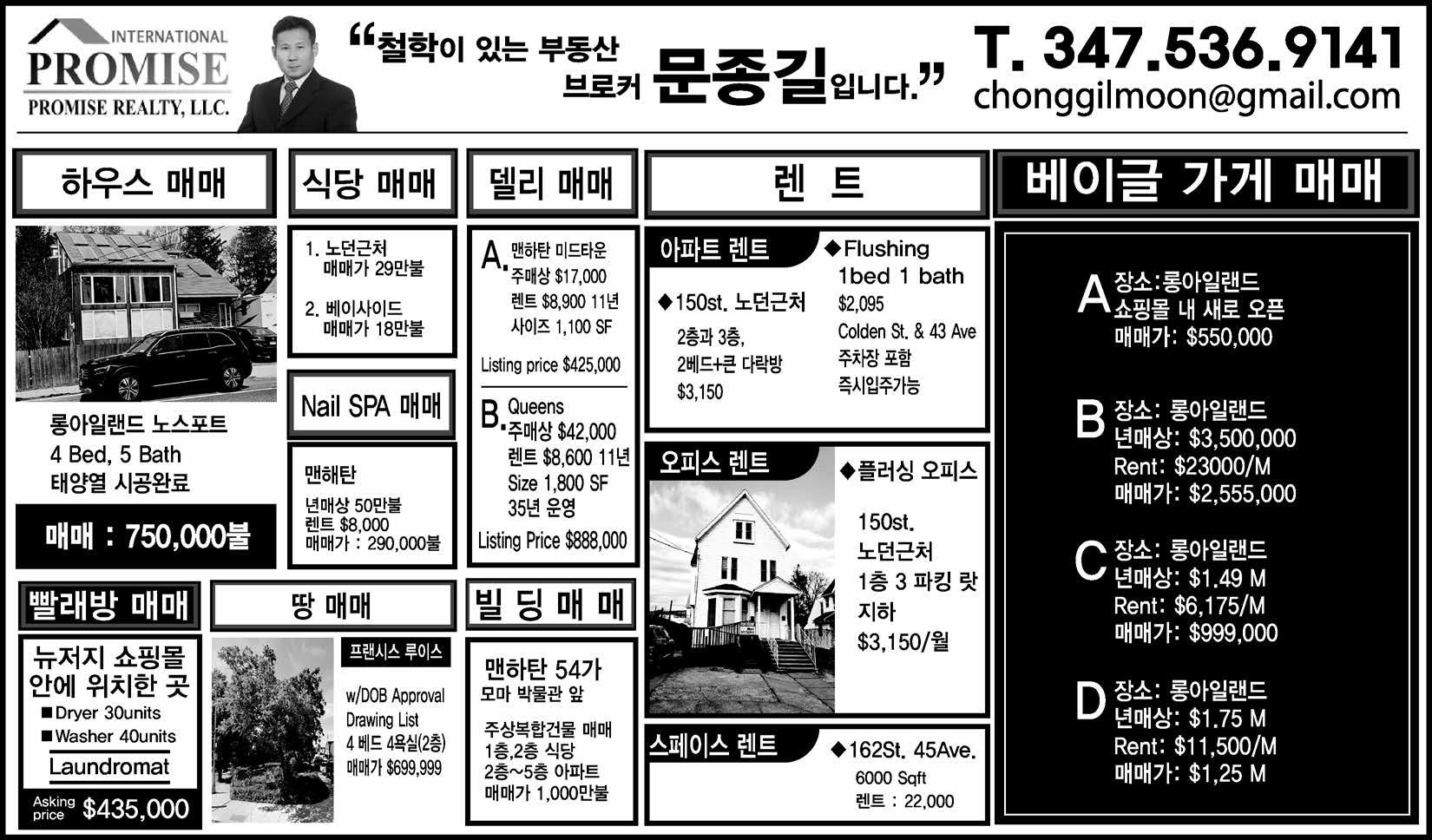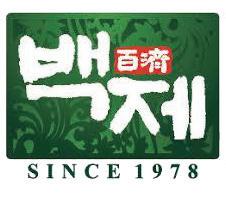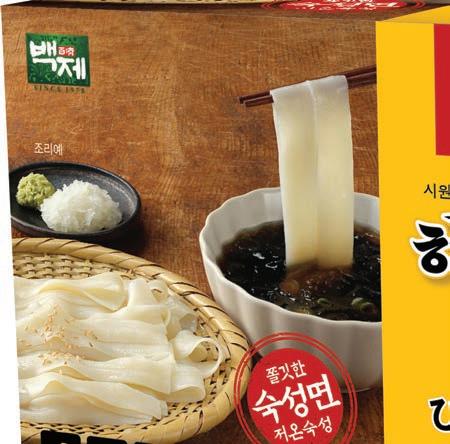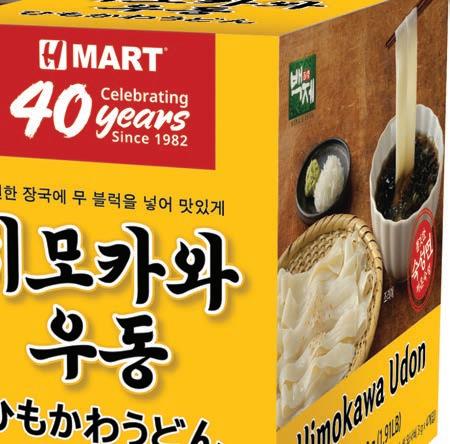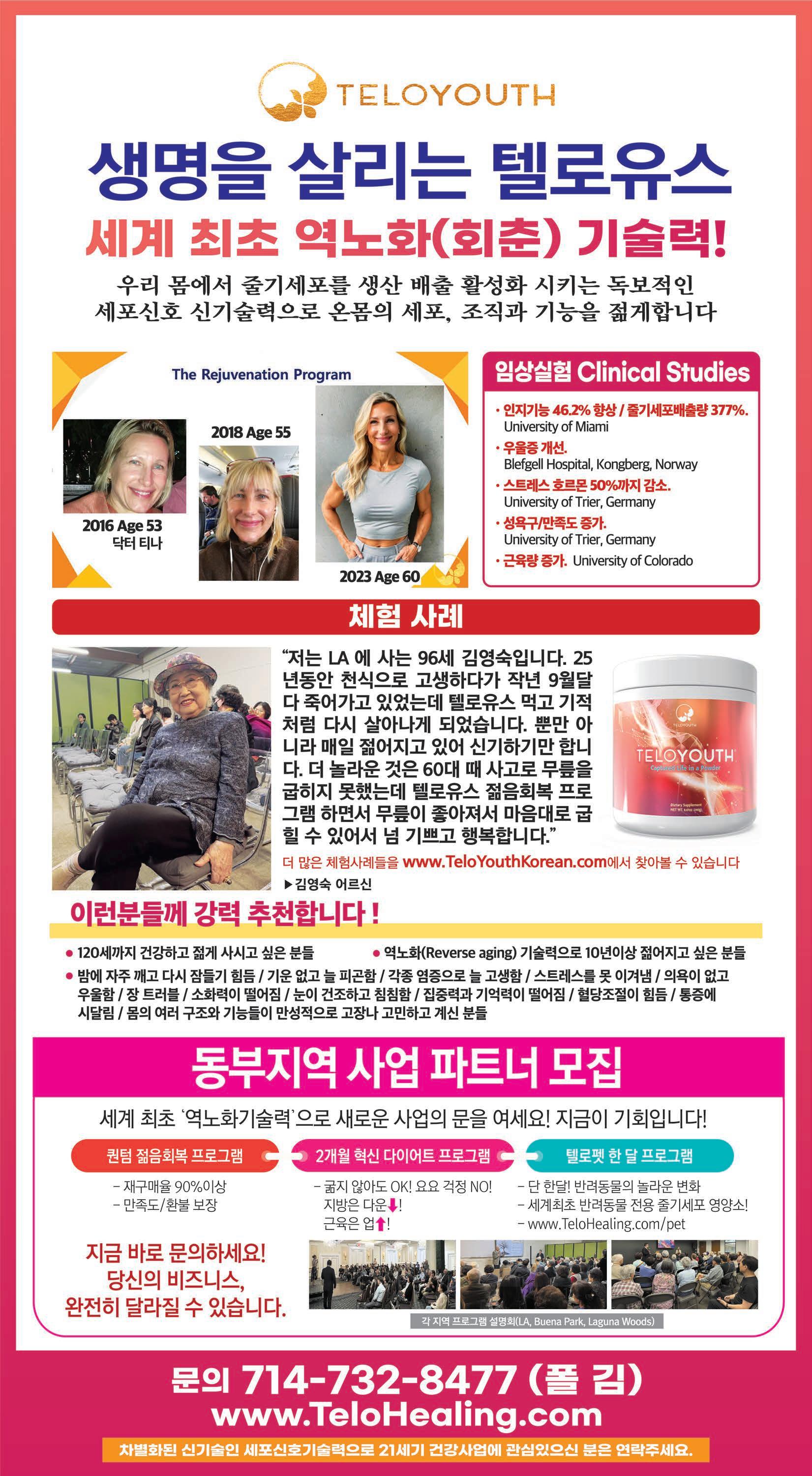
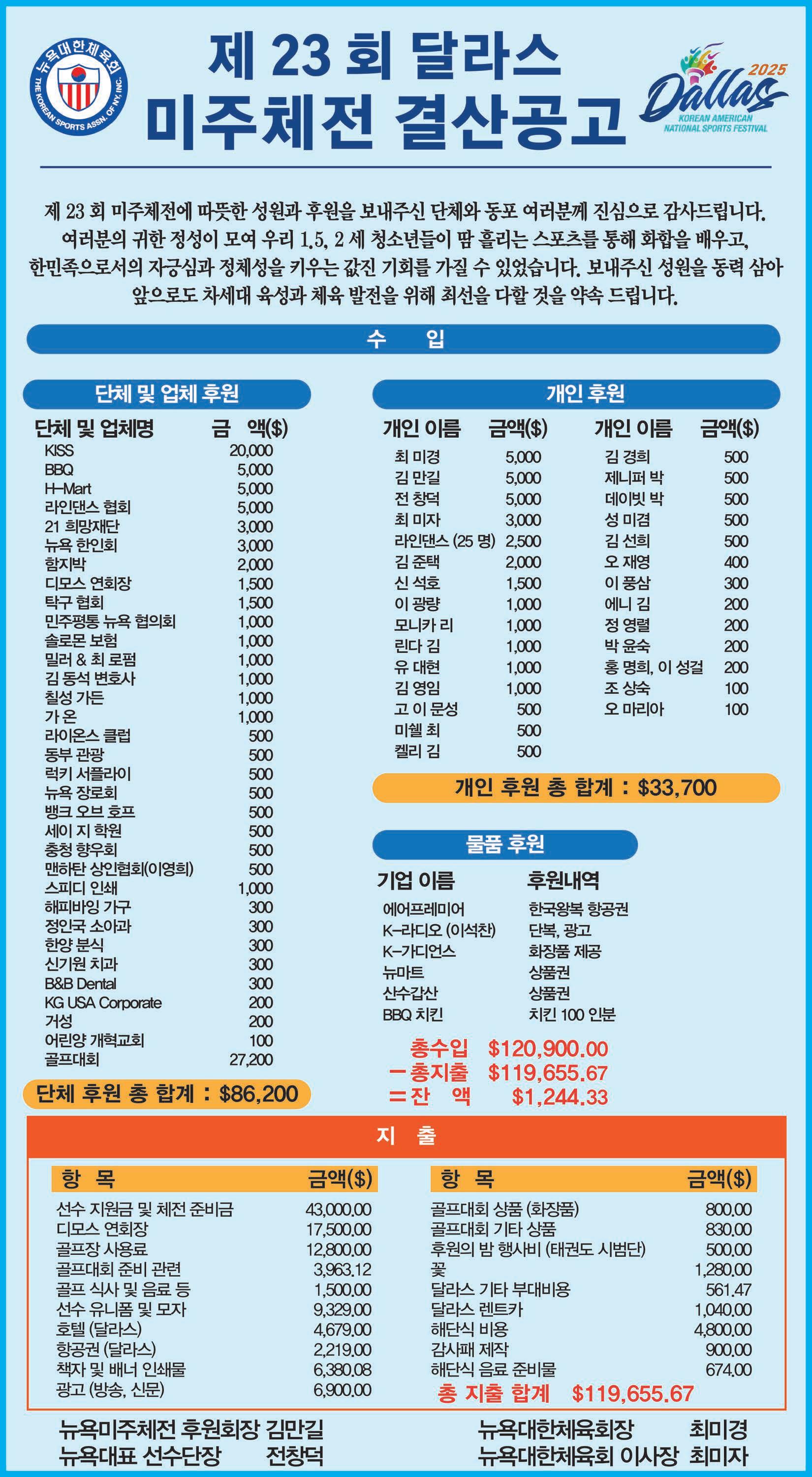
“미국에서 자라나는 청소년들
에게 우리 한국의 역사와 문화, 인 물을 공부하게 하여 한국에 대한
올바른 인식과 자긍심을 갖게 함
으로써 한인으로서의 정체성을 더
크게 길러주자”
대뉴욕지구 경기여고동창회
(회장 강용진) 산하, 경운장학회
■ 3등상-1
(회장 곽인영)는 2025년 5월 3일 (토) 오후 1시(미 동부시간) 맨해 튼에 있는 코리아 소사이어티에서 제15회 영어웅변대회를 화상 및
대면 하이브리드(hybrid)로 개최 했다. 올해 주제는‘내가 경험한
한국문화(Korean Culture: My Experience)’였다.
참가 대상은 미 전역에 거주하 는 9학년부터 12학년의 한국계, 미 국인 또는 다민족 고등학생으로
신분에 관계없이 누구나 참여할 수 있었다. 참가희망자는‘내가 경 험한 한국문화’를 주제로 영어 글 자수 1,400자 내, 웅변길이는 4-6 분의 원고를 작성하여 경운장학회 로 보내면 경운장학회는 원고를 심사하여 결선 진출자를 선정하 고, 결선 진출자들은 장학회가 진 행하는 스피치 워크샵을 통해 스 피치 코칭을 받은 후, 5월 3일 본선 에서 경합했다. 이번 대회에는 미 전역에서 9학년부터 12학년의 한 국계와 비한국계 고등학생 70여
OurCulturesAreNotWorldsApart; TheyAreBranchesfromtheSameTree [우리의 문화는 다르지 않다; 같은 나무의 가지들이다]
SaharYousufzai[NorthernValleyRegionalHSatOldTappan, NJ]
안녕하세요, Salam, and Hello. I have come to greet you with the three languages I speak; Farsi, English, and now Korean. I’m here to tell you not just my experience with Korean culture but a story.
I lay on my friend’s bed on a warm afternoon, the room is alive with a blend of worlds: her speakers are humming a Korean ballad, and the walls are adorned with countless posters that express love for K-pop. My thoughts strayed to the cozy atmosphere of a friend’s house when I visited them for the first time. I was greeted and treated like family, not just a guest. While I sat there with my friend, I realized that Korean culture isn’t some faraway thing that I just observed; it’s something I have lived, experienced, and grown through.
I never thought I would fall in love with a culture so different yet so close to mine. It was my first encounter with vibrant, electric energy: Kpop music seemed to pulse with life in its rhythms. But it wasn’t just the music; each lyric had a story behind it, and in each dancer’s moves, there lay grit and determination. Rumi who is a famous persian poet and is known for his “combination of mystical richness and bold adaptations of poetic forms”(BBC) reminds me of this topic. He covers themes like love and compassion and carries the weight of centuries; every verse is a step in the dance of resilience (My Poetic Side).
The air was warm, not from the heat, but from the inescapable feeling of being welcomed. We leave our shoes at the door-a sign of respect I knew well from my own home. I am ushered into a world where every small gesture carries profound meaning. The table is overflowing with dishes and smiles: savory japchae glistening with sesame oil, crispy jeon, and bowls of steaming rice. It is in those moments, wrapped around laughter and clattered chopsticks, that the feeling sinks in: I am not a guest; I am family.
In those moments, I realized why I have fallen in love with Korean culture because it is so different from my Afghan and Persian heritage, but because so much of it reflects what I hold most dear in my heart: tradition, strength, a sense
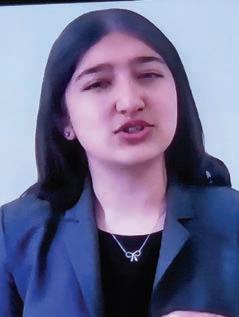
of belonging-all combine to form a tapestry so achingly familiar yet unfamiliar. It’s the respect given to older people as live storehouses of wisdom, the communal sharing of meals likened to rituals of love, and the resilience braided into every story, song, and even the perils of survival (Koreanculture.org). With every echo of my own culture, it was a whispered hint of home, reminding me that no matter how far apart we may seem, the threads of humanity tie us together. It’s the warmth of a bow, the import of a shared tradition, or the quiet strength of a community that I see reflections of in my identity, enriched and transformed through a lens at once foreign yet beautifully kindred.
This experience remains so impactful in my life. It planted a seed, and with time, it grew into something I could no longer ignore. I decided to start a journey of learning the Korean language in high school. It is indeed an experience for me. It feels like scaling a mountain with no map. I struggled and found my way through as I started from a general level and then entered an honorslevel course. The grammar and pronunciation feel like hurdles, and there are days I stare at my homework with tears threatening to spill. Do I have to do this? I think. But then, I recall that initial visit to my friend’s place, the warmth in it, and how it paralleled so neatly with my own culture of family, respect, and resilience. The desire to learn this new culture keeps me going.
I say this because I have come to learn that Korean culture is an advocate for resilience that ties it all together. Korean culture has survived centuries of struggle-wars, invasions, and occupation-although it stands tall, vibrant, and unyielding (nytimes.com). It’s the same resilience I see in my Afghan-Persian ancestors

명이 원고를 제출, 13명이 결선에 진출했다. 경운장학회 관계자들은 “대회를 거듭할수룩 한국에 대해 올바를 인식을 갖게하는 등 교육 적 효과가 크다. 우리 학생들이 학 교에서 배우지 못하는 한국의 역 사, 문화, 상황, 인물, 디아스포라 (전 세계에 진출해 살고 있는 한인 들)을 스스로 공부하는
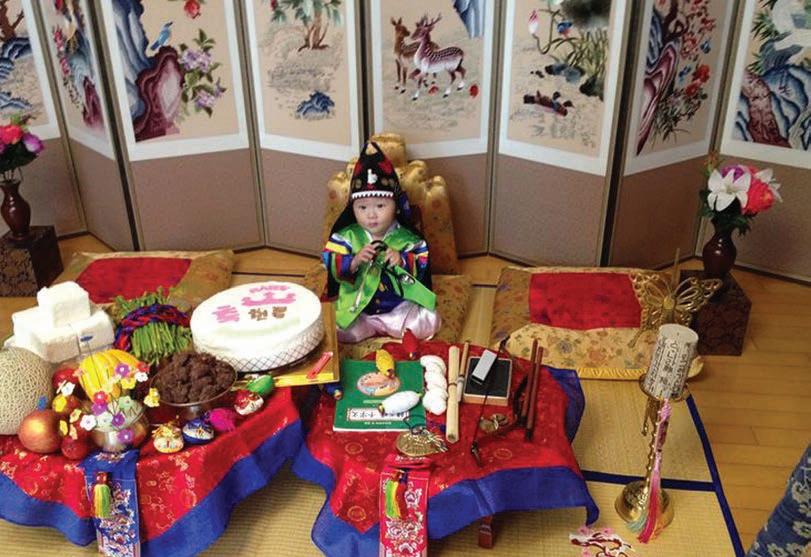
“… OneofthemostprofoundmomentsofconnectioncamewhenIlearnedabouttheaccordingtotheEncyclopediaofKoreanFolk Culture, doljanchi-thefirst-birthdaycelebrationwhereachildgetstochooseanobjectthatsymbolizestheirfuture. Watchingvideosofthese ceremoniesduringmyKoreanclass, Icouldalmostfeeltheweightofhopeandpossibilitythatparentsplaceontheirchildren. Itbroughtme backtoNowruzPersianNewYeartimewheneverytradition- fromjumpingoverthefiretosettingtheHaft-Seentable- isinfusedwiththe promiseofabetterfuture(History.com). Theseparallelsjustmadememoreawarethatourculturesarenotworldsapart; theyarebranches fromthesametree. …“ Thepictureisforthefirstbirthdayparty.
who carried tradition through trials and tribulations. It is in my drive to keep moving, even when everything feels too much to bear.
One of the most profound moments of connection came when I learned about the according to the Encyclopedia of Korean Folk Culture, doljanchi-the first-birthday celebration where a child gets to choose an object that symbolizes their future. Watching videos of these ceremonies during my Korean class, I could almost feel the weight of hope and possibility that parents place on their children. It brought me back to Nowruz Persian New Year time when every tradition- from jumping over the fire to setting the Haft-Seen table- is infused with the promise of a better future (History.com). These parallels just made me more aware that our cultures are not worlds apart; they are branches from the same tree.
Through Korean culture, I learn so much more than the traditions of one culture but also about myself: the beauty of perseverance, the power of community, and the universal language of respect (Stanford Encyclopedia of Philosophy).
Through these experiences, I have found that life is more a marathon than a sprint. There are so many unexpected turns, and they require some sort of resilience other than trying to love all life and experience everything in a single moment. But every time you move on, even a tiny and hesitant step onward-you build on your resilience
and move a step closer to your goal. I have been told in Korean culture: challenges are always stepping stones on which one keeps building. Every hardship is a lesson; every stumble is an invitation to rise again. And so I leave you with the words that have accompanied me in this journey: 힘내세요. Hang in there. This is not but a reminder of how to survive, an invitation to understand this struggle as integral to your path. For in each of those moments of doubt, an opportunity to grow, to connect, and to become something more extraordinary than you have ever imagined exists. Each step forward, though uncertain, brings you closer to your summit.
One day, when you pause to reflect a little, the beauty of your journey will be etched in every struggle you survived, every triumph you celebrated, and every lesson learned. Every time you look back on your own life, you notice so many lessons and victories that were previously overlooked. If you look back, you will then realize it had never been all about the destination. It was about the silent resilience you cultivated in yourself whenever the world weighed upon your shoulders, the bridges you built with others who walked beside you, and the transformation of the person you were into the person you were meant to be.
You’re stronger than you know, and your story’s only just begun.
Thank you. 감사합니다.


[독자시단 (詩壇)]
‘공수래 공수거(空手來 空手去)’는
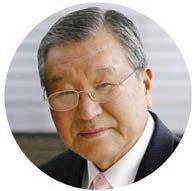
곡천(谷泉) 박원희(朴元喜) <뉴저지 레오니아 거주 프라미스교회 장로 미주 크리스찬문학가협회 회원>
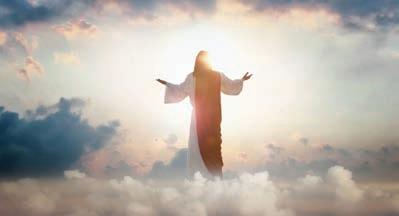
“ … 이 세상 다 살고 끝나는 날에 / 우리 주님 택함받아 부르 실 때 / 예 저 여기 있습니다 기쁨으로 응답함므로 / 주님 상
봉하여 주님품에 안기리다”
떻게 와서 언제 어디로 가는지를
모르는 허무맹랑한 자조(自嘲)
사람은 이 세상을 빈손으로 왔다간다고 일커름은
외견적(外見的) 오판(誤判)이요
내실(內實)인즉 영혼을 온몸에 지니고 태어났기에
‘공수래 공수거 는 동·식물에나 쓰여질 말이로다
인간은 영성체로 태어났기에
육신이 노쇠 되어 사망에 이르러도
영혼은 본향인 천국으로 귀향하여
전지전능하신 창조주 하나님께서
사람을 사랑하사 예비하신 능력의
말씀을 이세상 사는 동안 길과 진리
생명의 양식 삼아 순종하는 삶으로
이 세상 다 살고 끝나는 날에
우리 주님 택함받아 부르실 때
예 저 여기 있습니다 기쁨으로 응답함므로
주님 상봉하여 주님품에 안기리다
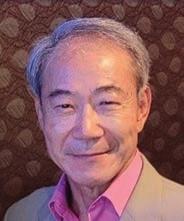
<희망보험 (HopeAgencyInc)대표 뉴욕한인보험재정협회 2대 회장>
◆ 생명보험은 다목적으로 사
용
생명보험은 죽음과 함께 소멸
되는 각 개인이 그가 속한 가정에
대해서 지닌 금전적 가치를 부분
적 또는 전체적으로 보상해주는
유일한 수단이다. 생명보험은 가
입자의 죽음과 동시에 대부분의
사람들이 일생동안 저축할 수 없
는 액수의 현금을 즉각 창출한다.
이처럼 생명보험은 가장 필요한
바로 그때 현금을 즉시 창출하므
로, 다른 어떤 형태의 자산보다도
융통성이 큰 자산이다.
대부분의 경우에 보험료는 소
득세를 내고 남은 돈(AfterTax Dollar=NetIncome)으로 지불 하기 때문에 그 열매라고 볼 수
있는 생명보험금(LifeInsurance Proceeds)은 소득세의 대상이 되
지 아니한다.
또한, 생명보험은 자산으로서
융통성과 영구적 생명보험의 저 축성은 우리들의 여러 가지 재정 적 목적이나 목표의 달성을 보장 하거나 보완하는 수단으로 활용 된다.
충분한 액수의 생명보험은 다 목적으로 사용된다. 즉, 자녀들을 양육하는 기간에는 가족의 생계 비를 보장하는 수단으로, 자녀들 의 고등 교육비를 보장하는 수단 으로, 특히 저축성 생명보험은 거 기에 축적되는 현금가치(Cash Value)를 노년기의 생활보조금 으로 쓸 수 있고, 때때로 뜻밖에 필요하게 되는 비상금 (EmergencyFund)으로 쓸 수도 있다.
이 밖에도 생명보험은 인생의 종점에서 맞이하게 되는 자기 자 신의 장례비를 마련하는 수단으 로 사용될 수 있다. 물론 장례비 는 가족의 생계비나, 자녀들의 고 등교육비나, 노년기의 생활보조 금처럼 많은 비용이 요구되는 것
은 아니기 때문에 별로 걱정할 일 이 아닌 것처럼 생각되기도 하는 데, 그래도 막상 그런 일이 닥치 면, 유가족들이 추렴해야 할 부담 이 적지 않은 것이 현실이다.
◆ 생명보험과 장례비 사람이 자기 자신의 종말을 준 비한다는 것은 신학적인 문제이 기도 하지만, 현실적으로 재정적 인 문제가 따르는 것을 부인할 수 없다.
지난 한 세대가 지나는 동안 먼저 세상을 떠난 여러분들의 장

보험상담·설계
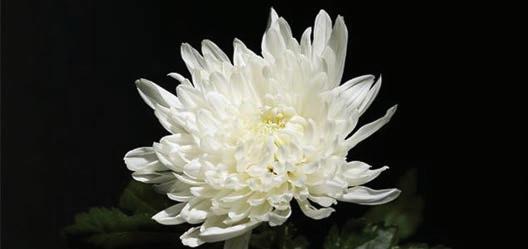
례를 지켜본 경험으로 각자가 가 져야 할 최소한도의 생명보험은 장례비를 보장하는 수단으로서 생명보험이 아닌가 한다. 장례비를 목적으로 하는 생명 보험은 기한 생명보험(Term Life)보다는 저축성 생명보험 가 운데 평생보험(WholeLife)이 가 장 바람직하다. 요즈음 평생보험 은 인간이 120살까지 산다는 가정 아래 설계된 생명보험이기 때문 에 오래 오래 사는 사람도 계속 보험을 유지할 수 있는 장점이 있 다. ◆ 50세 이전에 미리 가입 생명보험의 액수는 1만 달러, 2만 달러, 3만 달러 등등 자기가 필요하다고 생각하는 액수를 선 택하여 가입하는데, 신체검사를 통과할 수 있는 건강상태를 유지 해야 하므로 아직 건강할 때, 한 살이라도 젊을 때 미리미리 가입 하는 것이 바람직하다. 일반적으로 75세 이전이 생명 보험을 들 수 있는 마지막 기회가 될 수 있는데. 신체검사를 통과하 는 문제와 고령으로 인한 고율의 보험료를 지불해야 하는 문제 때 문에 들고 싶어도 들 수 없는 경 우가 많은 것 같다. 그래서 더 젊 었을 때, 50세 이전에 들어두는 것 이 바람직한 것 같다. 요즈음 한인 노인들의 상조회 가 뉴욕과 뉴저지에 각각 소정의 회비(가입비 1인당 150 달러, 연 회비 1인당 40 달러)로 소정의 장 례비를 지불하는 프로그램을 운

